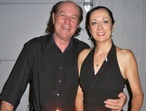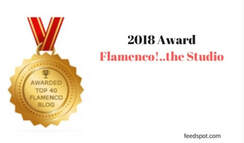| Flamenco, Compás (comb-PAS) is everything. Compás means rhythm. The rhythm you listen to, the rhythm a singer sings to, the rhythm a guitarist plays to, the rhythm a dancer dances to and the rhythm a palmero/a (the person who does the hand-clapping) or cajonero/a (person who plays the box drum) claps or bangs out. Compás is THE most important thing in Flamenco. Without compás there is no Flamenco. Regardless of the dancer’s technique or skill level, if the dancer is not dancing to Flamenco rhythms, and staying within the rhythm structure, it just is not Flamenco. (…continued) For the complete article, go to DanceUs.Org | |
|
1 Comment
In Flamenco dance, braceo (bra-SAY-oh) is the Spanish term for Flamenco “arm work,” the specific technique of moving the arms. Flamenco dancers, particularly women, are noted for having very powerful, yet extraordinarily graceful arms. This power and grace comes from engaging the arm muscles and controlling the arm movement, often in an extreme manner.
Proper braceo starts with proper posture (which I will discuss when we get to the letter “P” – it’s one of the most important topics, so be sure not to miss it.) While the arm positions in Flamenco are similar to the arm positions in ballet, I teach my students to hold their arms in a “basket” position rather than in 1st, 2nd or 3rd positions: “basket in front,” basket overhead,” and so forth. This helps them to break the association with ballet if they have had prior ballet experience. Ballet arms are very soft and graceful – fluttering like delicate butterflies. Flamenco arms are very powerful yet graceful – more like an eagle. Read the full article at DanceUs.Org (by Linda Machado)
It is said attitude is everything. Well it’s true, especially in Flamenco. The right (or wrong) attitude can get you anywhere (or nowhere). Let’s discuss attitude ABOUT Flamenco dance and attitude IN Flamenco dance. Having the right attitude ABOUT Flamenco dance is really an underrated skill. Dancers that approach Flamenco dance from a position of “I am going to be the best Flamenco dancer in [insert city, state or country],” or “I am going to make career out of Flamenco dance,” are starting out on the wrong foot (pun intended). Flamenco is ABOUT the journey, it is not something tangible that you can “collect” or a “skill” that you can master and then go on to master other skills. Remember, Flamenco is not a dance; it is a cultural art form of which dance is only one part. So developing an attitude of becoming a “dancer” can be limiting. It’s not about the dance; it’s about the art of the dance. Work on the dance but embrace the art. Practice your technique but dance from your heart. To read the full article go to DanceUS.org (by Linda Machado)
It’s true – no pink birds here, so don’t say Flamingo (fluh-MING-o), say Flamenco (fluh-MEN.co). In fact, Flamenco is not a dance. “What??? But, I saw some amazing dancers in some gorgeous costumes doing some real fast footwork to incredible music – what do you mean it’s not a dance??” Stay calm – an explanation is in order. Flamenco is actually the cultural art form of the Andalusian Gypsy. In Flamenco there IS dance; but there is also singing, guitar playing and percussion. Flamenco is not any one of these things by itself – it is the interaction of all these things with each other that give us Flamenco. As a dancer, I am heavily invested in the dance portion, but I know that without most of the other parts, I will not be able to dance Flamenco – well, at least the kind of Flamenco I enjoy the most – improvisational Flamenco. There are different types of Flamenco, such as improvisational and theatrical (sometimes referred to as ballet Flamenco). To read the complete article go to DanceUS.org |
Authors
Ricardo de Cristobal is a Master Flamenco Guitarist and Flamenco Historian with over 50 years experience in the art form. Archives
November 2017
Categories
All
|
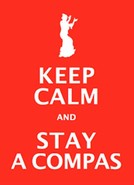
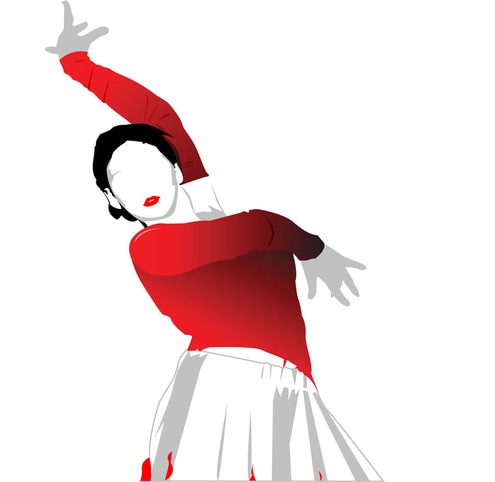
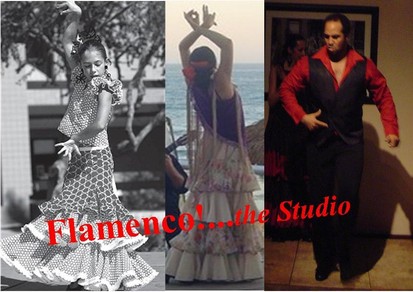
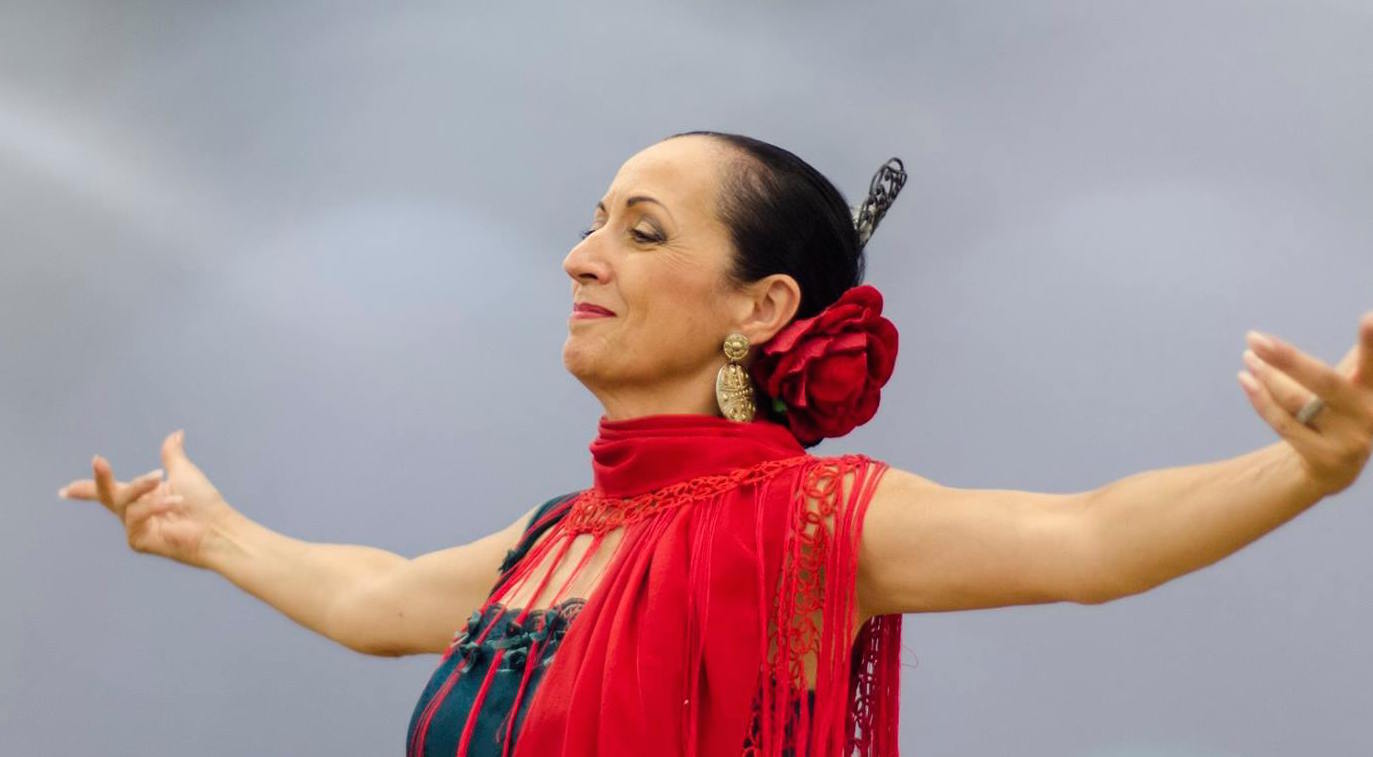
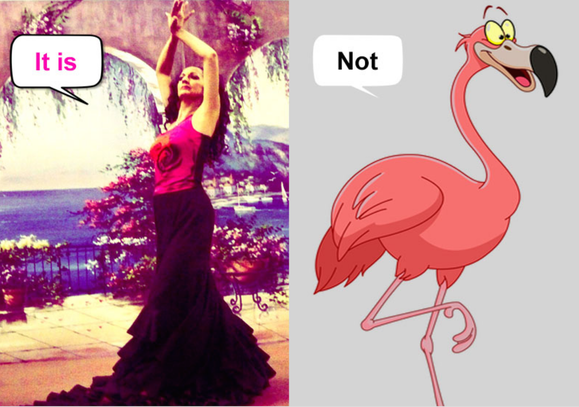
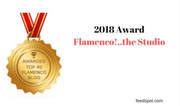
 RSS Feed
RSS Feed
